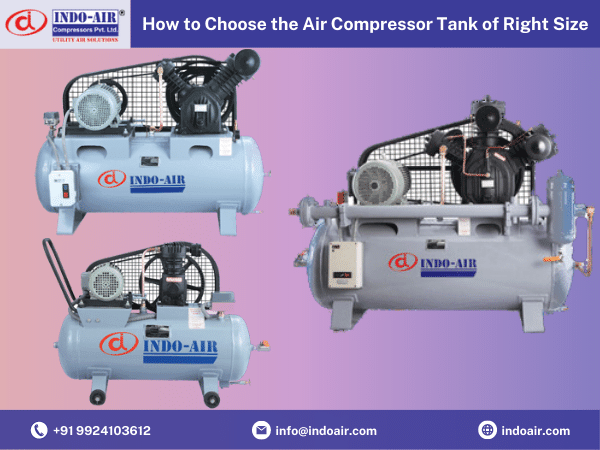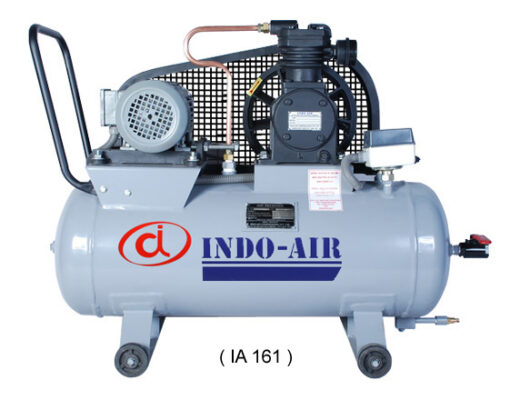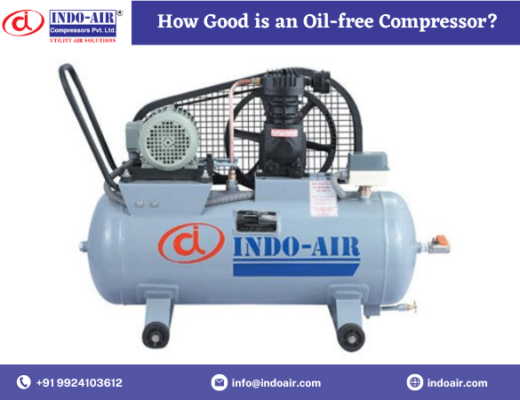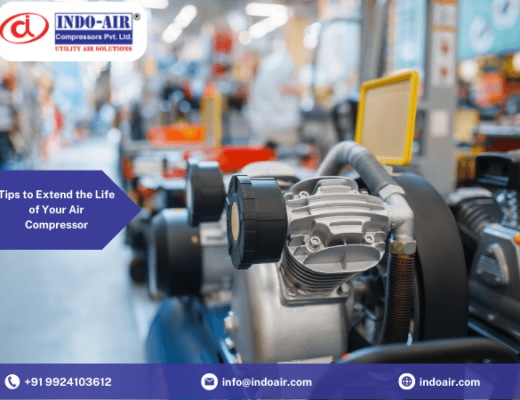All compressed air systems must have compressed air tanks, also known as air receiver tanks. By serving as a reservoir at peak periods, they assist in balancing the supply of air from the high pressure air compressor with the demand from the system. They can also lessen system vibrations and eliminate water from the compressed air system. Choosing an air receiver tank that is the right size for the compressed air system is essential for getting the most out of it. A receiver tank is typically sized at 2 gal/scfm. However, the size is increased to between 4 and 10 gal/scfm if significant demand spikes are anticipated.
Importance of Receiver Tanks in Compressed Air Systems
Despite the fact that a compressed air system is technically capable of operating without a receiver tank, there are a number of reasons why they are an essential part of highly efficient systems. First of all, they act as extra reservoirs for compressed air during times of high demand. By chilling the air, they also eliminate any water that may be present in a compressor system. Thirdly, they lessen the number of pulsations the system experiences. Below are some of the key factors to consider when choosing a receiver tank for a compressed air system
Size
The size of an air receiver tank should be 6 to 10 times the system flow rate. For instance, a tank that is at least 150 cubic feet in capacity should be used with compressors that have a rating of 25 scfm at 100 psi.
Working Pressure
A pressure relief valve and pressure gauge must be installed on air receiver tanks. The former needs to be 10% higher than the compressed air system’s operating pressure.
Drainage elements
The receiver tank can remove water from the system using a drain. It can be either automated or manual. The use of an air dryer and a collecting filter may increase the compressed air’s dryness even further.
Sizing an Air Receiving Tank
Tanks for air receivers are sized based on their volume (calculated in gallons). They come in sizes with capacities ranging from 5 gallons to several thousand gallons. It’s critical to select the size based on the application’s requirements. Some of the key factors to consider are
Capacity: The air that can be stored by the receiver should be greater than the amount of air required for the application.
Pressure: Required compressor discharge pressure and end-use pressure. The greater the difference between the two values, the smaller the receiver needed.
Time: Time taken by the tank (in minutes) to supply the amount of air required without a significant drop in pressure
Air requirement: Amount of air required by the end-user to operate at optimal capacity
Sizing A Compressed Air Tank For Reciprocating Air Compressors
Before being used for operations, compressed air from a Reciprocating air compressor is stored in a receiver tank to reduce pulsation. The connected gadget can be used after the tank has been sufficiently pumped with compressed air. Users must wait for the tank to refill if it is emptied before using the device again because using it drains the tank. By removing the possibility that the air receiver tank would empty before the task is finished, properly fitting the air receiver tank to the compressor helps minimise disruptions.
Sizing An Compressed Air Tank For Stationary Air Compressors
Air receiver tanks used in custom stationary air compressors require more precise sizing. Therefore, sizing should typically be carried out by a licensed engineer. Demand fluctuations in volume and pressure, air compressor size, pipe/hose size and length, and control system all affect tank sizing.




